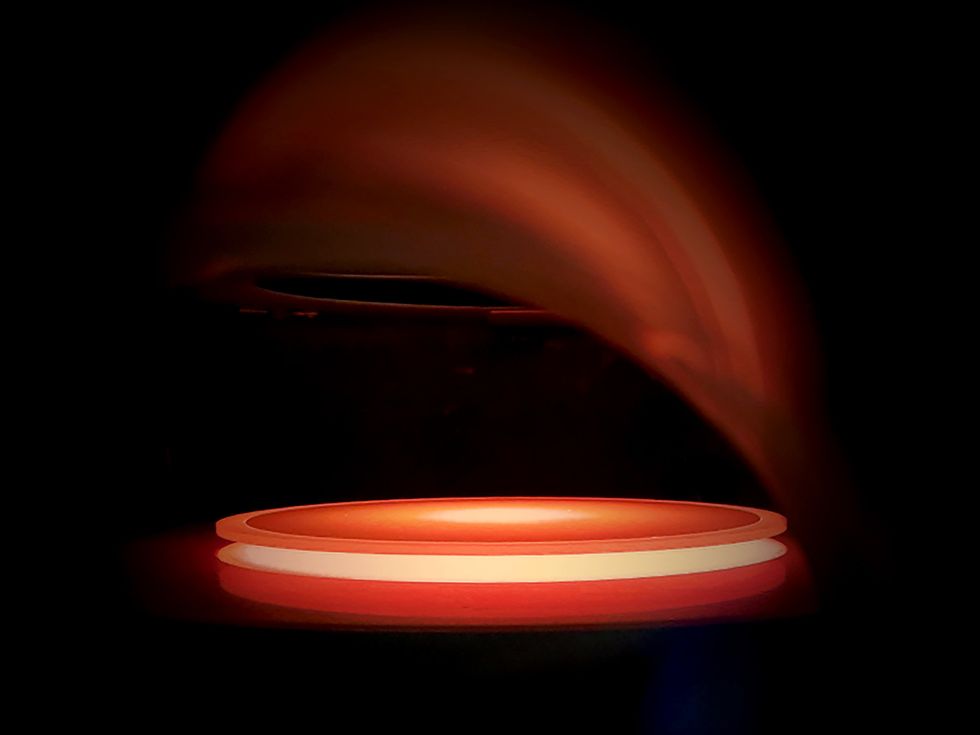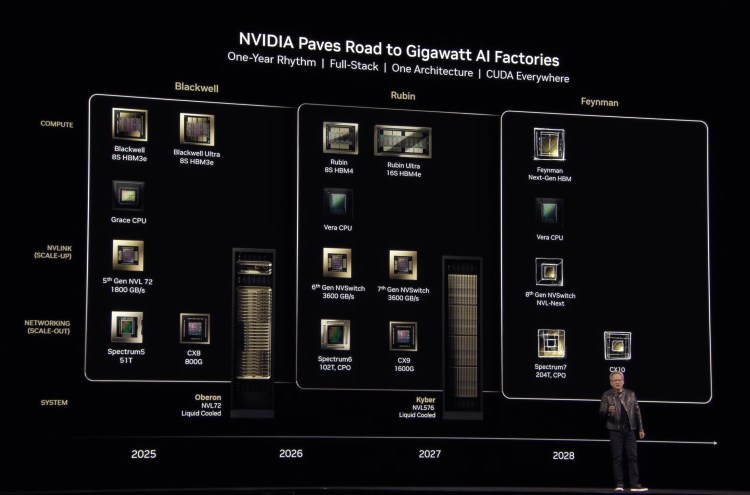Now Reading: Graphene Breakthrough Promises Advances in Proton Therapy
-
01
Graphene Breakthrough Promises Advances in Proton Therapy
Graphene Breakthrough Promises Advances in Proton Therapy

Quick Summary
- Scientists in Singapore have developed a new ultra-thin carbon material called ultra-clean monolayer amorphous carbon (UC-MAC), which could enhance proton therapy for cancer treatment.
- The material was created by adding irregular pentagons,septagons,and octagons into the structure of graphene to create angstrom-scale pores that improve particle precision.
- UC-MAC is produced through a rapid process (3 seconds) involving copper wafers and high-density plasma, leading to nanograin formation and atom-thick carbon crystallization without impurities.
- Proton therapy uses high-energy hydrogen ions accelerated into beams to destroy DNA in tumors while minimizing damage to healthy tissue. UC-MAC’s precise filtering enhances beam sharpness and intensity by reducing scattering during the process.
- Research showed UC-MAC increases proton output via molecular hydrogen ion acceleration by an order of magnitude compared to conventional methods.
- The researchers initially developed UC-MAC for electronics but discovered its advantages in producing precision proton beams after three years of research. They aim to simplify its production for future commercialization.
Indian Opinion Analysis
The advancement of ultra-clean monolayer amorphous carbon (UC-MAC) represents a meaningful advancement in medical technology, notably for enhancing the effectiveness of non-invasive cancer treatments like proton therapy. For India, where healthcare access can be unevenly distributed across urban and rural areas, this research opens potential pathways toward making advanced treatments more affordable and accessible over time.
Proton therapy is favored due to its ability to target tumors with high precision while sparing surrounding healthy tissues-this aligns well with India’s growing emphasis on targeted therapies within oncology care. However,ensuring widespread adoption would require cost-effective implementation strategies given the financial constraints within public health systems.If commercialized efficiently-such as using domestic manufacturing initiatives under ‘Make in India’-indian hospitals could integrate such innovations into their cancer care offerings faster. Collaborating with international R&D organizations may further bolster India’s position not only as an adopter but also as a contributing innovator in cutting-edge medical materials science like 2D nanomaterials.

























